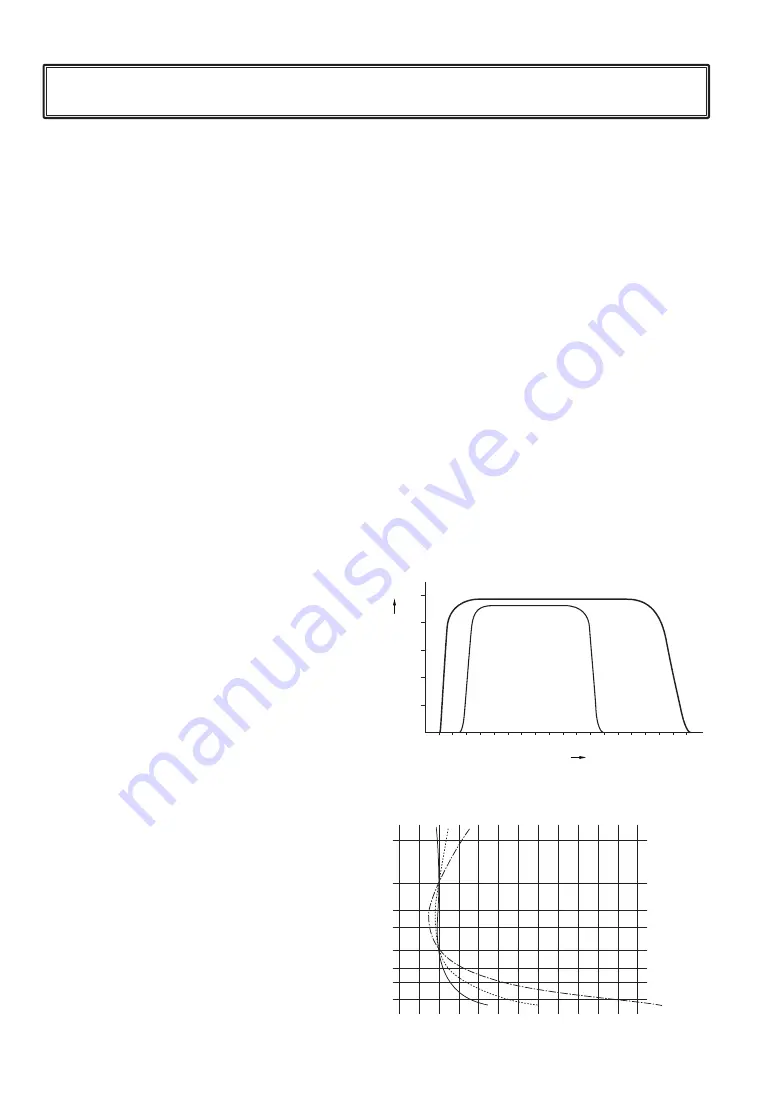
- 22 -
About Fluorite
Takahashi made its first fluorite lens in
1970 and it proved to be superior to lenses
made with other materials. After further
development, Takahashi released a 90mm
Fluorite telescope in 1977, receiving high
acclaim from users. The FC-100DZ is a
fluorite Doublet Apochromat refractor that
utilizes the properties of fluorite to provide
a high quality, low curvature image. Its
optical system allows the focal length to be
changed freely using a dedicated reducer or
flattener. As shown below, its transmission
area and ratio are outstandingly large. In
addition, multi-coated elements produce rich
illumination from short wavelengths to long
wavelengths. When compared to reflectors,
there is no light loss due to the secondary
mirror. The FC-100DZ produces very bright
images for an f/8.0 optical system. Due to
these features it is perfect for both visually
observing celestial bodies and taking
images, obtaining great results in both
applications.
The fluorite element with its excellent
performance is used in various high quality
objectives. Chemically, fluorite is as hard as
optical glass and can be multi-coated for a
long lifetime. The focal length of the system
can change with fluctuating temperature. It
is advisable to take the telescope outside
at least 30 minutes prior to use to allow it to
equalize with the ambient temperature. It is
also advisable to refocus images with every
3 degrees C of temperature change.
Occasionally, if you look carefully at the
surface of the element you may be able to
see small scratches. This occurs in very
few cases to the coatings surface, and be
assured that all of the products having been
thuroughly exanimated and approved by
Takahashi, guaranteeing that these won’t
affect the function of the telescope.
Wave Length
Light Transmission
Comparative Diagram (non-coated)
CaF
2
(t=10mm)
BK7 (t=10mm)
0.2
0.4
0.6
0.8
1
100
80
60
40
20
0
2 3 4 5 6 7 8 9 10 μ
%
Wave Length
(nm)
Focal Length
(mm)
Comparative Color Aberration Curves
CaF
2
BK7
FK01
A’ (768.2)
C (656.3)
d (587.6)
e (546.1)
F (486.1)
i (365.0)
h (404.7)
g (435.8)
-1 -1 0 1 2 3 4 5 6 7 8 9 10







































